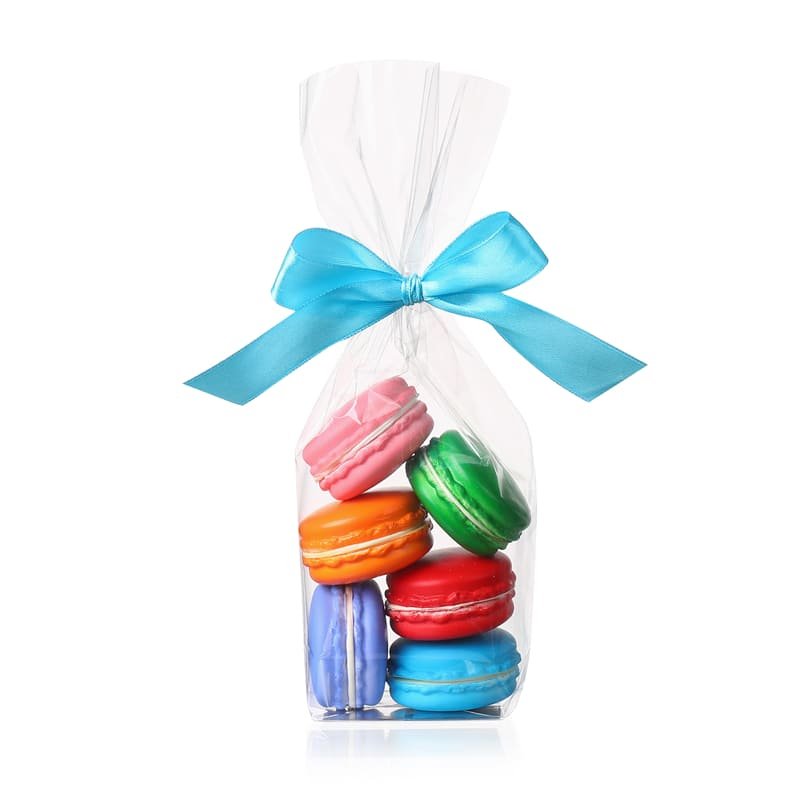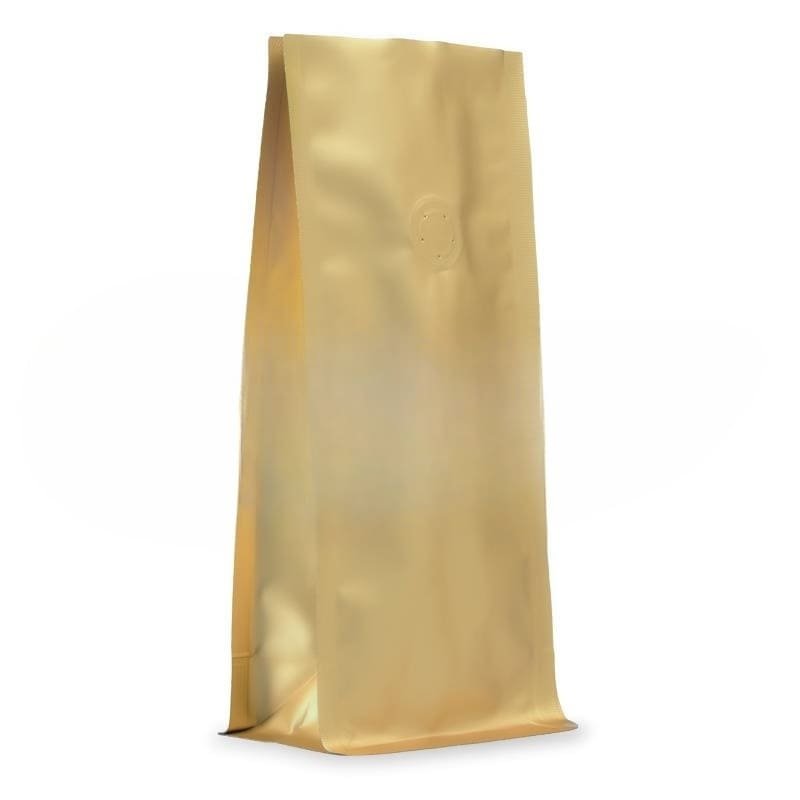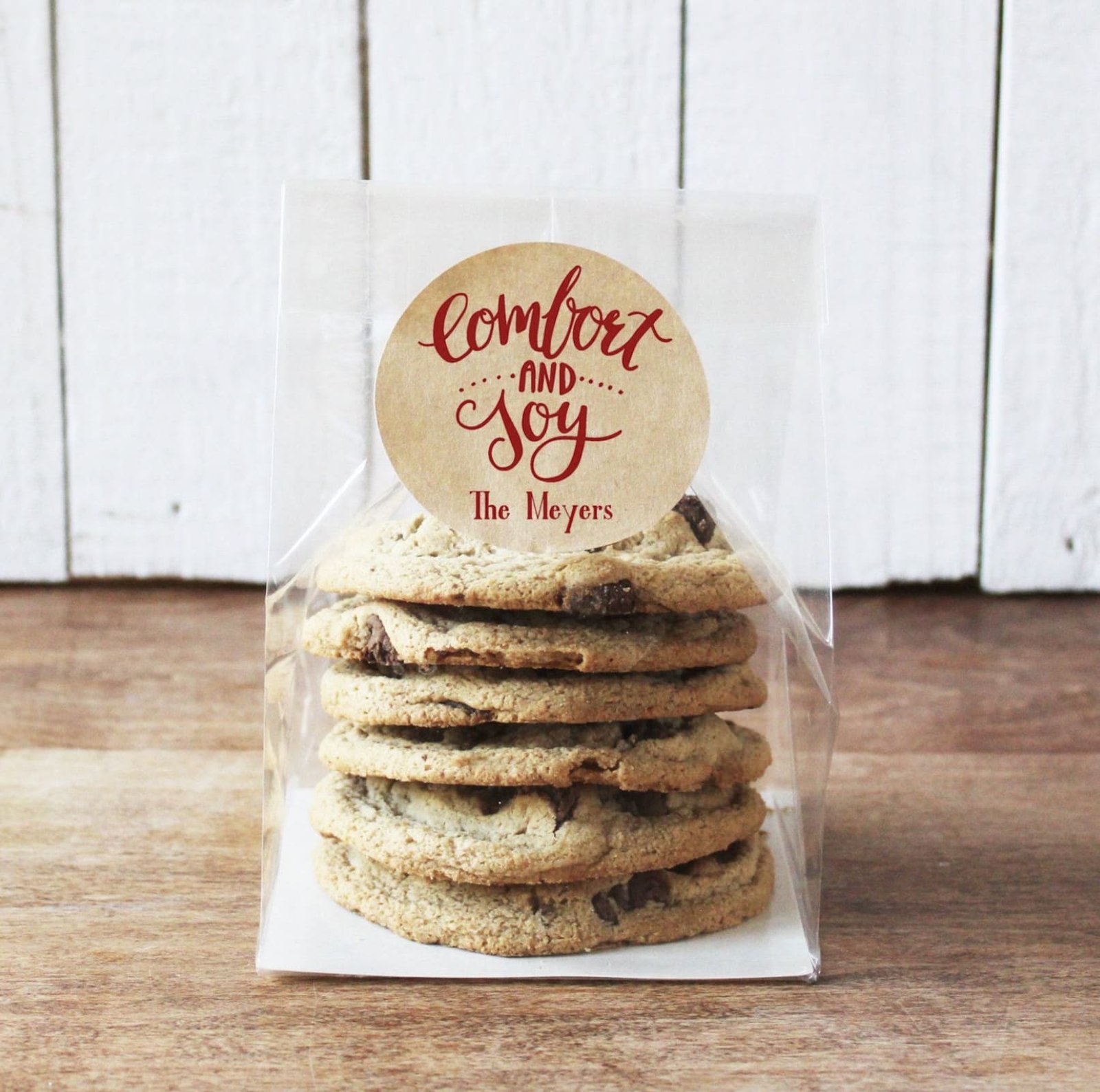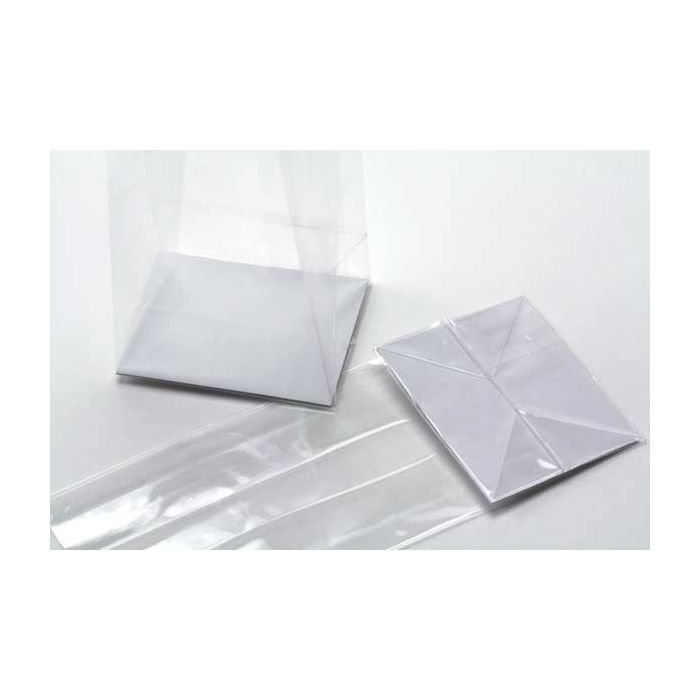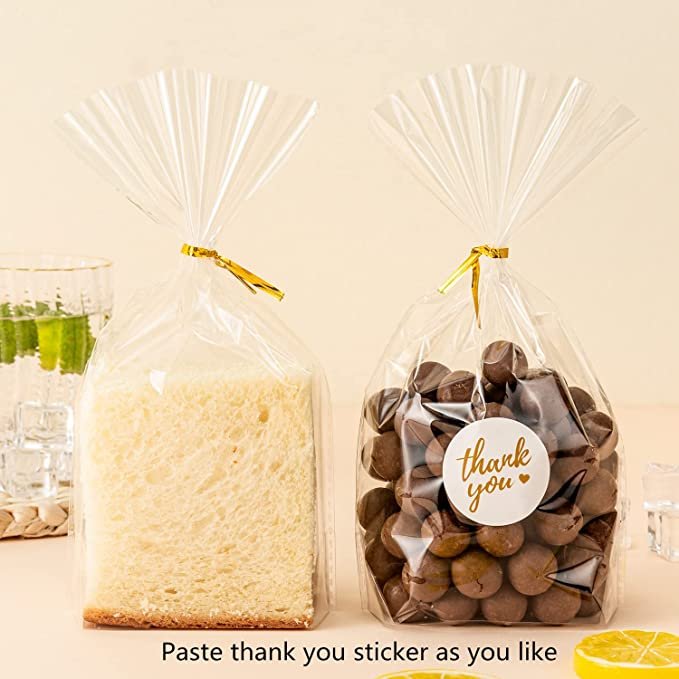You see them everywhere, standing perfectly on shelves. But did you know a common manufacturing flaw in these bags could be leaking oil or contaminating your food product?
OPP block bottom bags are bags made from Oriented Polypropylene (OPP) film, constructed with a flat, rectangular base. This unique design allows them to stand upright and unassisted, making them a popular choice for retail shelves due to their excellent product presentation.
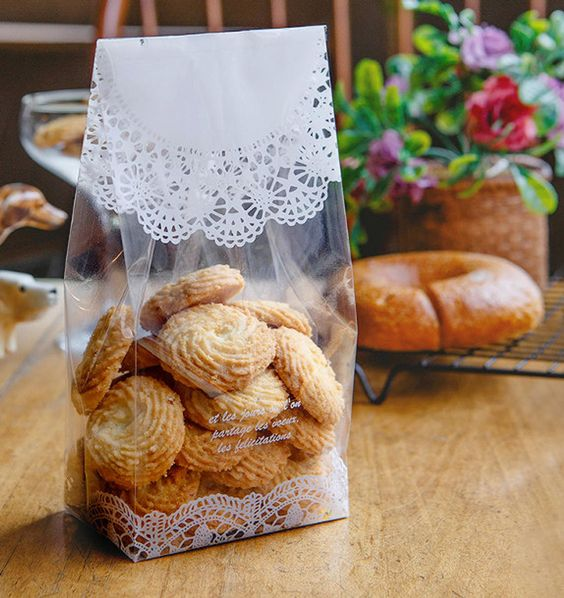
From my years in the packaging industry, I've seen trends come and go, but the stand-up display power of block bottom bags has remained constant. They look fantastic and offer a premium feel. However, not all block bottom bags are created equal. The way that block bottom is formed is critical, and many buyers don't know the right questions to ask. A seemingly small detail in the bag’s construction can lead to huge problems with product quality and safety down the line. Let's break down exactly what these bags are and what you need to watch out for.
What is a block bottom bag?
Ever wonder how some bags stand up so neatly, like a little box? This isn't an accident. It's a specific design that can make or break your product's shelf appeal.
A block bottom bag, also known as a flat bottom bag, is a pouch with a perfectly flat rectangular base. This construction gives the bag stability to stand on its own, maximizing its visibility and creating a clean, organized look on retail shelves.

The magic of the block bottom bag is in its construction. It uses gussets on the sides that fold in and a special sealing process to create that box-like base. This design is a favorite for premium products like coffee, gourmet snacks, and pet food. But here is the critical part you need to know: the most common and cheapest way to make these bags involves a serious shortcut. Many factories simply take a standard gusseted bag and glue a rectangular piece of paper or plastic onto the bottom to force it flat. As a buyer, this should be a major red flag for you.
The Hidden Dangers of Glued-On Bottoms
I have seen clients face major issues because they didn't know about this construction method. It creates three significant risks:
- It's Not Sealed: The glued-on base does not create an airtight seal. This allows air and moisture to enter the bag from the bottom, dramatically reducing your product's shelf life.
- It Leaks: If your product contains any oils, fats, or moisture—like cookies, nuts, or coffee beans—it will slowly seep through the unsealed bottom corners, creating a greasy, unappealing mess on the shelf.
- Glue Contamination: The adhesive used to attach the bottom piece can migrate into the food product over time. This is a serious food safety concern and can lead to recalls.
A true block bottom bag has a bottom that is folded and heat-sealed from the same piece of film, creating a fully sealed, leak-proof container. Always ask your supplier how the bottom is constructed.
What is the difference between pinch bottom bags and block bottom bags?
Choosing between a bag that stands or a bag that hangs seems simple. But this choice impacts your filling process, shipping costs, and how your product is perceived by customers.
The main difference is the base: a block bottom bag has a flat, rectangular base and stands up on its own. A pinch bottom bag has a simple, flat seal at the bottom (a "pinch") and is designed to be laid flat or hung.
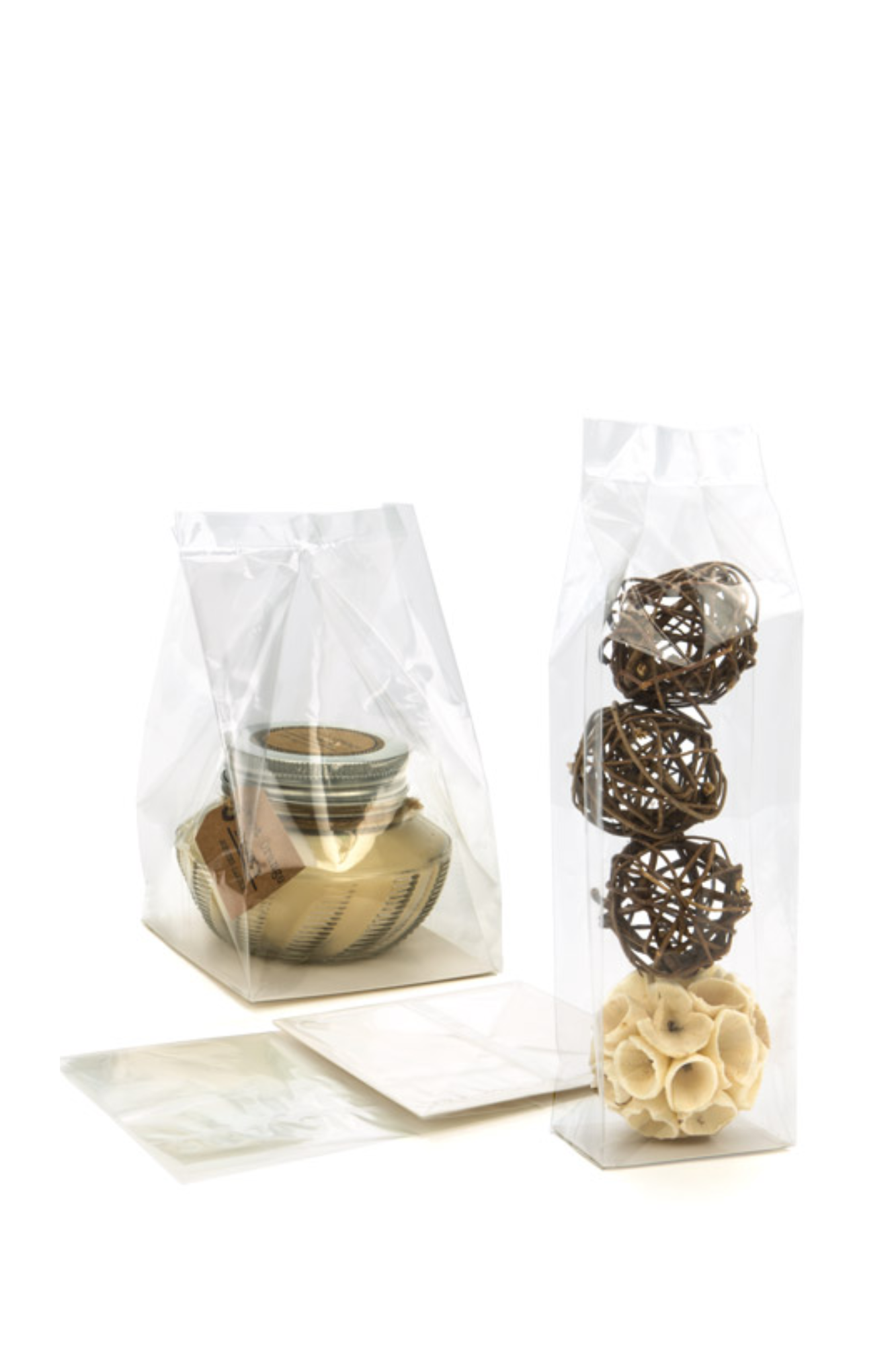
Think of it in terms of how you see products in a supermarket. Coffee, granola, and premium pet treats often sit upright on the shelf in block bottom bags, using the bag itself as a billboard. On the other hand, products like flour, sugar, or some bread products often come in pinch bottom bags, which are stacked horizontally or packed tightly into cases. The pinch bottom style is often simpler and cheaper to manufacture. Early in my career at the paper box factory, we saw this with paper sacks. The heavy-duty ones for cement used a pinch bottom because stacking strength was key. But bags for consumer goods needed shelf appeal, which is where the block bottom truly shines.
Quick Comparison: Block Bottom vs. Pinch Bottom
| Feature | Block Bottom Bag | Pinch Bottom Bag |
|---|---|---|
| Base Shape | Flat, rectangular | Flat, narrow seal |
| Shelf Display | Stands upright unassisted ("billboard effect") | Lies flat or requires a hanging display |
| Best For | Premium goods, loose products (coffee, snacks) | Bulk items, powders (flour, sugar), industrial |
| Construction | More complex, uses side gussets and a flat base | Simpler, sealed straight across the bottom |
| Cost | Generally higher due to complexity | Generally lower cost |
What is OPP used for?
You've heard the term OPP, but what does it actually mean for your product? Using this film correctly can make your product look great, but it has specific strengths and weaknesses.
OPP (Oriented Polypropylene) is a plastic film primarily used for its exceptional clarity and stiffness. It's perfect for packaging that needs to look crisp and clear, like bags for candy, snacks, stationery, and bakery goods, where visual appeal is a top priority.
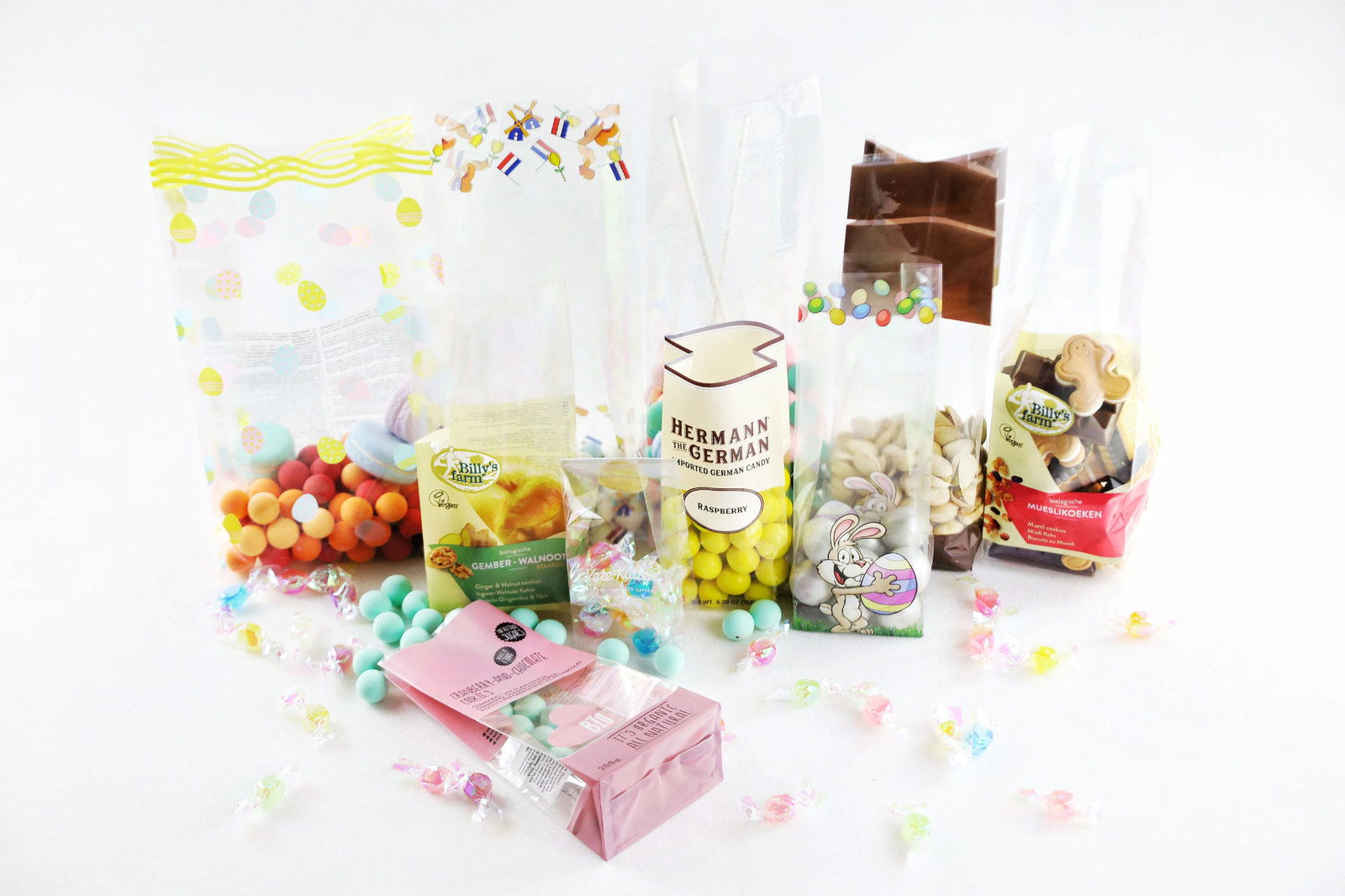
OPP is the go-to material when you want the customer to see your product perfectly. Think of the crinkly, clear bags used for greeting cards or fancy cookies—that's almost always OPP. We call it "oriented" because, during manufacturing, the film is stretched in one direction. This aligns the plastic molecules, making the film stronger, stiffer, and much clearer than standard polypropylene (PP). However, this orientation process also makes it more brittle. While it has good moisture resistance, it's not a high-barrier material against oxygen. So, it's great for products that need to look good and have a moderate shelf life, but it's not the right choice for something like coffee that needs a very high oxygen barrier to stay fresh.
Are OPP and BOPP the same?
Lost in the alphabet soup of plastic films like OPP and BOPP? This small difference in letters represents a big difference in performance that directly affects your packaging's durability.
No, they are not exactly the same. OPP is stretched in one direction, while BOPP (Biaxially Oriented Polypropylene) is stretched in two directions (machine and transverse). This makes BOPP stronger, more durable, and more puncture-resistant than OPP, with better overall barrier properties.
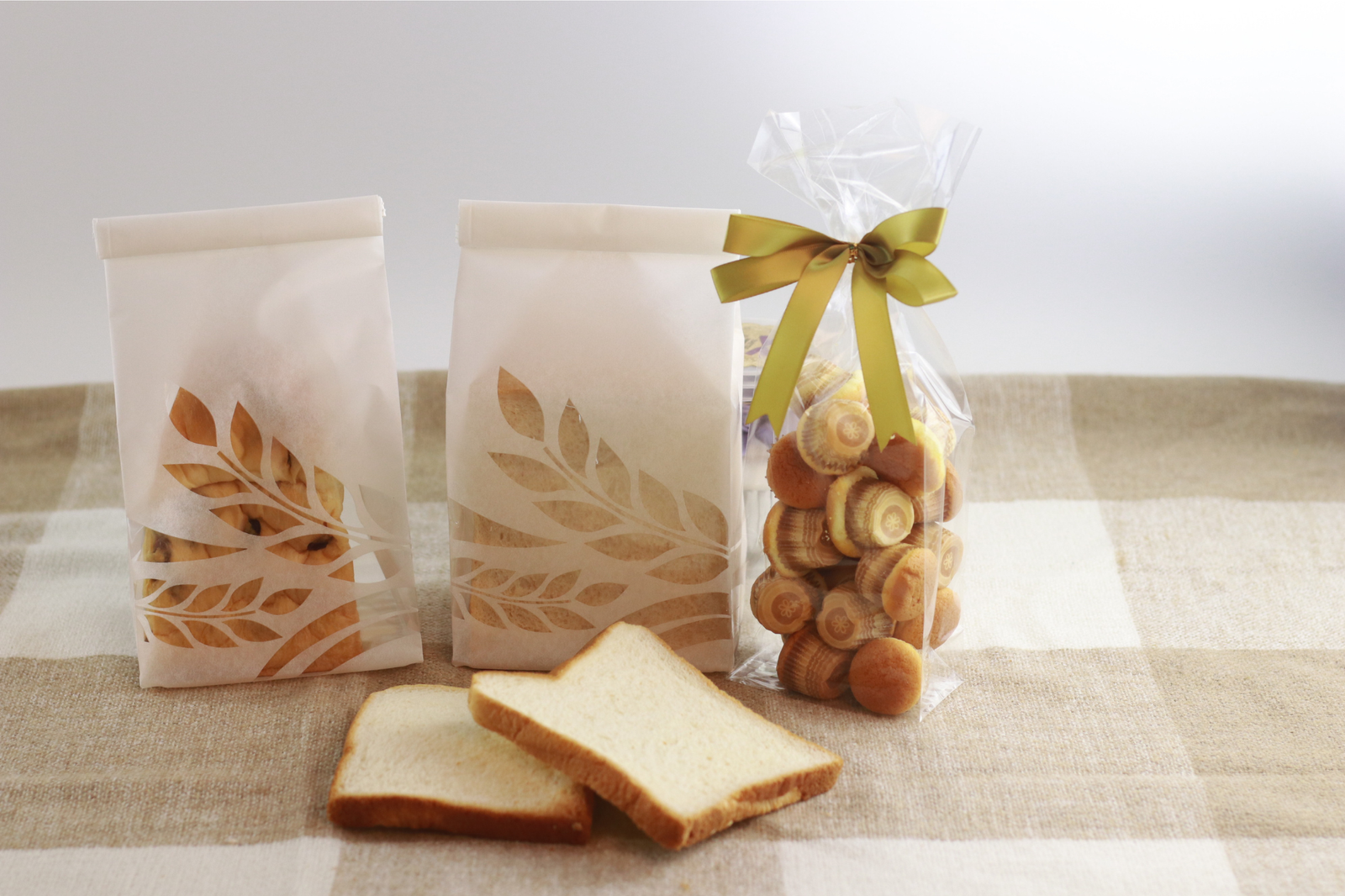
This is a technical point, but it's hugely important for buyers. Stretching the film in a second direction makes a world of difference. While OPP is stiff and clear, BOPP is both stiff, clear, and tough. I remember a client who switched from BOPP to a cheaper OPP film for their potato chip bags to save money. The bags looked just as clear on the shelf, but they started getting complaints about bags splitting open during shipping. The one-directional strength of OPP couldn't handle the stress. BOPP is the industry standard for applications that require durability, like snack food packaging, labels, and tape. For a block bottom bag that needs to hold a sharp or heavy product like nuts or hard candy, using a BOPP film is a much safer bet than OPP. Always clarify with your supplier if the material is OPP or the superior BOPP.
Conclusion
OPP block bottom bags offer excellent shelf presence, but you must verify the base is truly sealed, not glued. Understanding the difference between OPP and BOPP ensures you choose the right durability.


